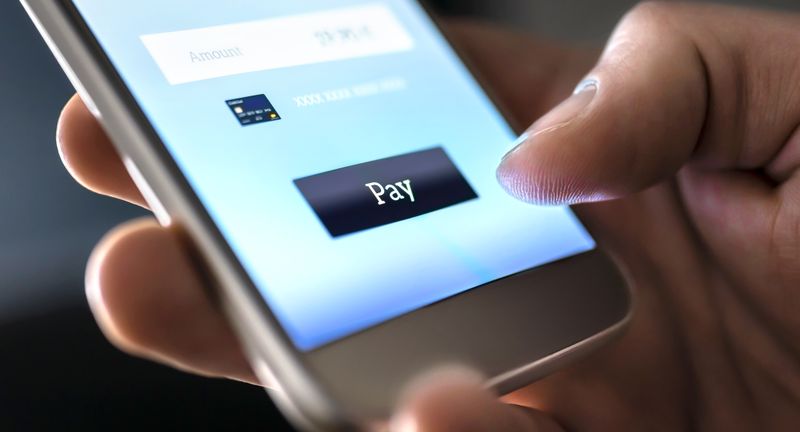Tero Vesalainen via Getty Images
Caitlin Mullen|Source: www.paymentsdive.com, August 2022
Dive Brief:
- Digital wallet use continues to outpace bank branch and ATM visits, even though the share of U.S. adults who use such wallets hasn’t changed meaningfully since July 2021, according to a recent report from global intelligence firm Morning Consult.
- The percentage of U.S. adults using a digital wallet in June, and over the past year, has remained steady at about 60% to 65%, according to the report, “The State of Consumer Banking and Payments,” which was released Aug. 16. Of that group, 7% used it each day, 15% used it several times per week, 14% used it about once a week, 13% used it every other week and 11% used it once during that month.
- U.S. uptake of digital wallets, typically accessed on smartphones, has lagged markets such as China, where 45% of those polled by Morning Consult use digital wallets every day. That’s because American consumers have had “such strong access to our banks and credit unions, and such a strong card environment, that we didn’t need to leapfrog like some did from cash straight to digital wallets,” said Charlotte Principato, a financial services analyst for Morning Consult, during an Aug. 25 interview.
Dive Insight:
Morning Consult’s data suggest a shift is underway in the U.S., with digital wallets becoming more central to consumers’ financial lives than their bank accounts. The share of adults using digital wallets has hovered around 60 to 65% for the past year, while the share who visited a bank branch in June is nearly 10 percentage points lower than it was in July 2021.
Although consumers are worse off financially than they were one year ago, their relationships with companies like digital payments pioneer PayPal or Block’s Cash App have grown stronger, Principato said. That’s “a testament to the way that these different payments providers are cementing themselves in our lives, as really primary financial services providers,” she said. “These are not just fintech fads.”
Continued adoption of digital wallets is likely to depend on the services digital wallet providers add, Principato said. For consumers, it could come down to what makes people “say, ‘OK, that’s worth it for me to start using one of these, because there’s so many things I can do with it,’” Principato said.
Venmo, Cash App and Samsung Wallet have each added cryptocurrency custody options, and tech giant Apple said in June it’s adding a buy now-pay later capability to Apple Pay.
However, the current economic climate could lead companies to slow the pace at which they add new services, she added. (Principato said there was no corporate client commissioning the firm’s report.)
Despite the lack of notable growth in digital wallet usage over the past year, digital and contactless payments have proliferated and payments players see a sizable opportunity with wallets. CB Insights estimates the current global mobile wallet market size is $1 trillion, and expects it to grow to $7 trillion by 2027, according to a report released in February.
Of the digital wallets Morning Consult tracks – Venmo, Cash App, PayPal, Apple Pay and Google Pay – PayPal has the top spot when it comes to awareness (nearly 100%) and usage (about 70%). Apple Pay and Google Pay are close behind in awareness, but fall further back in usage, where they’re closer to 30%. With respect to Venmo and Cash App, there have been steady increases in awareness (both now around 80%) and usage (both now between 30%-35%) since 2018.
Principato expects the tipping point for digital wallets to be when consumers turn to them more often for in-person purchases, not just online transactions. To some extent, it’s a chicken-or-egg scenario, she noted, since consumers can’t pay with a digital wallet unless merchants have the technology to accept such payment methods, but merchants might be waiting to see what consumers want. Apple has said 90% of retailers across the country now accept Apple Pay.
Still, “we’re going to continue to see more businesses bring in the technology to accept digital wallet payments, and I think it will be probably one of the predominant payment methods in the next five or 10 years,” Principato said.
Morning Consult also surveyed consumers on buy now-pay later use, discovering 19% of all U.S. adults used BNPL at least once to make a purchase in June. The firm recorded the same figure for July, Principato said.
She said she’s bullish on BNPL and expects that share to grow as the holiday season approaches.“The share of adults that use BNPL has not dropped below 14% in over a year,” she said. “If we go through two summers and two holiday cycles of strong BNPL usage, it’s just going to now be a part of our wallet going forward.”

